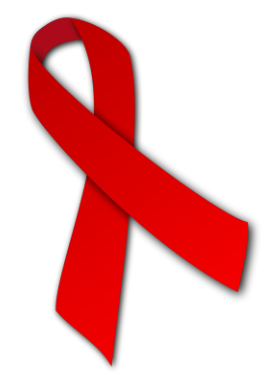165
One way to understand death and dying is to look more closely at what defines physical death and social death.
According to the 2023 Clinical Practice Guideline, developed by Health Canada, the Canadian Critical Care Society, Canadian Blood Services, and the Canadian Medical Association, death is defined clinically as:
“Death is defined as the permanent cessation of brain function (i.e., brain function is lost, will not resume spontaneously, and will not be restored through intervention) and is characterized by the complete absence of any form of consciousness (wakefulness and awareness) and the absence of brainstem reflexes, including the ability to breathe independently…. Death cannot be declared if there is any level of consciousness remaining and/or residual brainstem function regardless of how diminished. (Shemie S. . et al., P. 484)”
Clinical Death and Brain Death
Contemporary medical practice recognizes three types of death, (1) clinical death, (2) brain death, and (3) social death.
Clinical death has three aspects: the heart stops pumping blood, breathing ceases, and the brain stops functioning. Clinical death can be temporary or permanent. If one is resuscitated after having no life signs (after, for example, a massive heart attack), they are said to have been brought back from clinical death. When resuscitation is not possible, a person is pronounced dead and their body is now considered a corpse.
In brain death, a person still has a heartbeat and respiratory functions due to the continued operations of the brain stem – with or without life support technology, but shows no electrical activity in higher brain regions. In contrast to clinical death, brain death is considered irreversible. For a primer on brain death and the terminology associated with it, please see the following CNN video:
Death Process: For those individuals who are terminal and death is expected, a series of physical changes occur. Bell (2010) identifies some of the major changes that occur in the weeks, days, and hours leading up to death:
- Weeks Before Passing
- Minimal appetite; prefer easily digested foods or Increase in the need for sleep
- Increased weakness
- Incontinence of bladder and/or bowel
- Restlessness or disorientation
- Increased need for assistance with care
- Days Before Passing
- Decreased level of consciousness
- Pauses in breathing
- Decreased blood pressure
- Decreased urine volume and urine colour darkens o Murmuring to people others cannot see
- Reaching in air or picking at covers
- Need for assistance with all care
- Days to Hours Before Passing
- Decreased level of consciousness or comatose-like state
- Inability to swallow
- Pauses in breathing become longer
- Shallow breaths
- Weak or absent pulse
- Knees, feet, and/or hands becoming cool or cold
- Knees, feet, and/or hand discolouring to purplish hue
- Noisy breathing due to relaxed throat muscles, often called a “death rattle”
- Skin colouring becoming pale, waxen (pp. 5, 176-177)
Social death begins much earlier than physical death (Pattison, 1977). Social death occurs when others begin to dehumanize and withdraw from someone who is terminally ill or has been diagnosed with a terminal illness (Glaser & Strauss, 1966). Dehumanization includes ignoring them, talking about them if they were not present, making decisions without consulting them first, and forcing unwanted procedures. Sweeting and Gilhooly (1997) further identified older people in general, and people with a loss of personhood, as having the characteristics necessary to be treated as socially dead. More recently, the concept has been used to describe the exclusion of people with HIV/AIDS, younger people living with terminal illness, and the preference to die at home (Brannelly, 2011). Those diagnosed with conditions such as AIDS or cancer may find that friends, family members, and even health care professionals begin to say less and visit less frequently. Meaningful discussions may be replaced with comments about the weather or other topics of light conversation. Doctors may spend less time with patients after their prognosis becomes poor.

Why do others begin to withdraw? Friends and family members may feel that they do not know what to say or that they can offer no solutions to relieve suffering. They withdraw to protect themselves against feeling inadequate or from having to face the reality of death. Health professionals, trained to heal, may also feel inadequate and uncomfortable facing decline and death. People in nursing homes may live as socially dead for years with no one visiting or calling. Social support is important for quality of life, and those who experience social death are deprived from the benefits that come from loving interaction with others (Bell, 2010).
Why would younger or healthier people dehumanize those who are incapacitated, older, or unwell? One explanation is that dehumanization is the result of the healthier person placing a protective distance between themselves and the incapacitated, older, or unwell person (Brannelly, 2011). This keeps the well person from thinking of themselves as becoming ill or in need of assistance. Another explanation is the repeated experience of loss that paid caregivers experience when working with terminally ill and older people requires a distance which protects against continual grief and sadness, and possibly even burnout.

